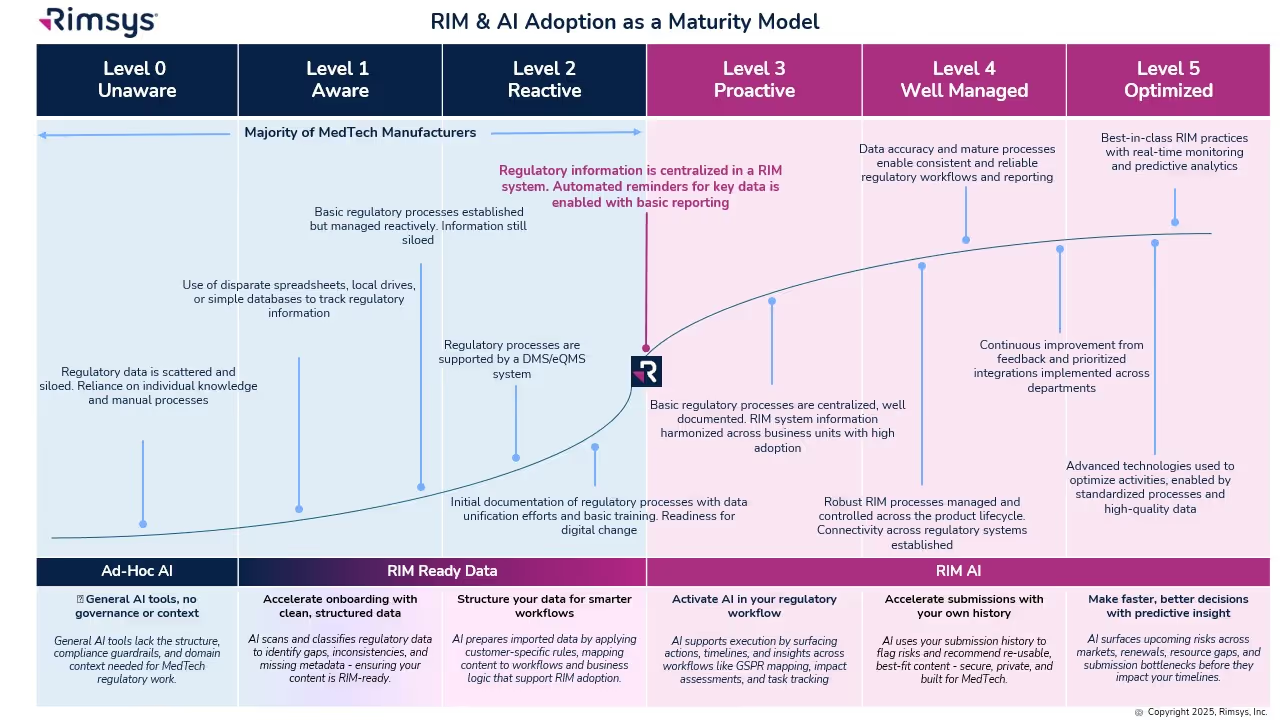
The FDA maintains many publicly accessible databases that are valuable to medical device manufacturers preparing product submissions, compiling post-market data, researching guidance documents, and more. We have listed some of the most commonly used databases below, along with a summary of information they provide and how they can be used.
FDA databases useful for new medical devices
Product Classification
This database contains medical device names along with the three-letter device product code and device classification. Manufacturers may use this database to properly classify a new device.
- Search the CDRH product classification database
- Read A primer of medical device classification (includes device classification information for multiple countries)
Pre-market Notifications - 510(k)
The 510(k) database includes all released 510(k) submissions and can be searched by 510(k) number, type, product code, device name, and more. In order to use the 510(k) pre-market notification process, a new device requires that an existing predicate device that also used the 510(k) process be identified. Use this database to identify devices that are substantially equivalent to the new device and meet the requirements of a predicate device.
Pre-market Approvals (PMA)
The PMA database lists pre-market approvals, including supplements that have been approved. PMA data can be searched by PMA number, device name, decision date, supplement type, and more. A new device that is substantially equivalent to a PMA-approved device means that the new device will require a PMA and be classified as a Class III device.
- Search the Pre-market Approval (PMA) database
- Read The beginner’s guide to the FDA PMA submission process
De Novo
The De Novo database includes all De Novo classification orders and can be searched by De Novo number, product code, 510(k) number, device name, and more. The De Novo process allows medical device manufacturers to request reclassification for novel devices with low to moderate risk profiles, that would otherwise be automatically classified as Class III devices.
Devices@FDA
The Devices@FDA database provides a simple search of both the 510(k) database and the PMA database. While convenient for initial searches, it only allows searches by device name and approval date.
Standards and guidance documents
CFR Title 21
The FDA provides a searchable online reference database for Title 21 that provides an organized table of contents and timelines of changes to the regulation.
FDA guidance documents
FDA guidance documents provide the FDA’s interpretation of regulatory policies, discuss the application of regulations to specific products, and also provide guidance for industry. Guidance documents can be searched for based on product, topic, issue date, FDA organization, and more. In addition, users may browse a list of guidance documents by topic.
FDA recognized consensus standards
The FDA provides a searchable database of voluntary consensus standards to which the agency will accept a declaration of conformity. Because these are standards developed by different organizations, this database can be searched by standards and organization, along with keywords, product codes, and more.
Unique Device Identifier - UDI
GUDID
AccessGUDID provides searchable access to the GUDID database of device information, including the device identifier, device name, company name, and more.
- Learn more about GUDID and searching the GUDID database
- If you are looking for information on submitting UDI information to the GUDID database, see the FDA’s GUDID submission page.
FDA post-market databases
522 Post-market surveillance studies program
This database allows users to search post-market surveillance studies by manufacturer or device. The 522 post-market surveillance studies program defines requirements for the design, tracking, oversight, and review of studies mandated under section 522 of the FD&C act.
MedSun reports
The Medical Product Safety Network (MedSun) is an adverse event reporting program launched in 2002 designed to allow the CDRH to work collaboratively with the clinical community to identify, understand, and solve problems related to the use of medical devices.
Post-approval studies (PAS)
The post-approval studies (PAS) database contains information about studies that manufacturers are required to complete as a condition of device approval. The PAS database can be searched by applicant or device information.
Medical device recalls
The medical device recall database contains recall information since November 1, 2002, and can be searched by product, recall class, product code, recall date, root cause, and more.
MedWatch
MedWatch is the FDA safety information and adverse event reporting system that is available to health professionals, patients, and consumers. Note that in addition to medical devices, MedWatch is available for reporting on medicines, biologics, cosmetics, and food.
Additional FDA databases
Establishment registration and device listing
The registration and listing database contains information on all establishments engaged in the manufacture, preparation, propagation, compounding, assembly, or processing of medical devices. It also includes listings of medical devices in commercial distribution by both domestic and foreign manufacturers. Establishment owners are generally required to register their facilities and devices with the FDA annually.
Total product lifecycle (TPLC)
The TPLC database includes both pre-market and post-market data about medical devices, including PMA and 510(k) approvals, adverse events, and recalls. The TPLC database can be searched by device name or product code and includes full reports by product line.
Do your research!
In many cases, the same information is contained in multiple databases, so take the time to understand which databases provide the right combination of data for your needs. This article references only a portion of the FDA database. See the FDA’s Medical Device Databases listing for all of the available FDA databases.
Similar posts







.avif)


